India installed over 341 MWh of battery energy storage capacity in 2024, a more than sixfold increase from the 51 MWh added in 2023, according to Mercom India Research’s India’s Energy Storage Landscape 2024.
The nation’s cumulative installed battery energy storage capacity reached nearly 442 MWh as of Dec. 31, 2024.
Solar-plus-storage systems accounted for nearly 60% of India’s cumulative installed capacity. This was followed by around 36% from other renewable energy combinations with round-the-clock capability and about 4% from standalone battery energy storage systems. In addition, India has installed 4.7 GW of pumped storage to date.
Karnataka (36%), Chhattisgarh (27%), and Gujarat (17%) are the top three states in terms of cumulative installed energy storage capacity.
Strong policy support, including viability gap funding and energy storage obligations, is helping accelerate the adoption of energy storage across the country.
“India’s energy storage sector made significant progress in 2024, but it still has a long way to go to catch up with its global peers. The government’s mandate to co-locate storage with solar projects is a major catalyst,” said Raj Prabhu, CEO at Mercom Capital Group. “Requiring a two-hour system covering 10% of installed capacity is a strong, clear directive that has energized the market. It’s already translating into market activity, with tenders and auctions gaining traction, along with a growing pipeline of projects. What we’re seeing now is the beginning of a market shift with storage becoming central to India’s renewable energy strategy.”
As of Dec. 31 2024, India had nearly 4 GWh of standalone battery storage, over 2 GW of solar-plus-storage, and more than 16 GW of renewable energy-plus-storage projects in various stages of development. Additionally, over 51 GW of pumped storage was in the pipeline, with more than 37 GW in the survey and investigation phase and over 14 GW under active development.
Gujarat had the largest pipeline of standalone battery storage capacity under development, followed by Maharashtra and Rajasthan. Favorable provisions in renewable energy policies of these states, along with annual energy storage obligations in place through FY30, were key drivers of growing demand for energy storage.
Various government agencies issued energy storage tenders totaling nearly 27 GW in 2024 and auctioned approximately 17 GW of projects, with or without associated renewable energy capacity. Solar-plus-storage tenders saw significant momentum, recording a 118% year-over-year increase during the year.
This content is protected by copyright and may not be reused. If you want to cooperate with us and would like to reuse some of our content, please contact: editors@pv-magazine.com.
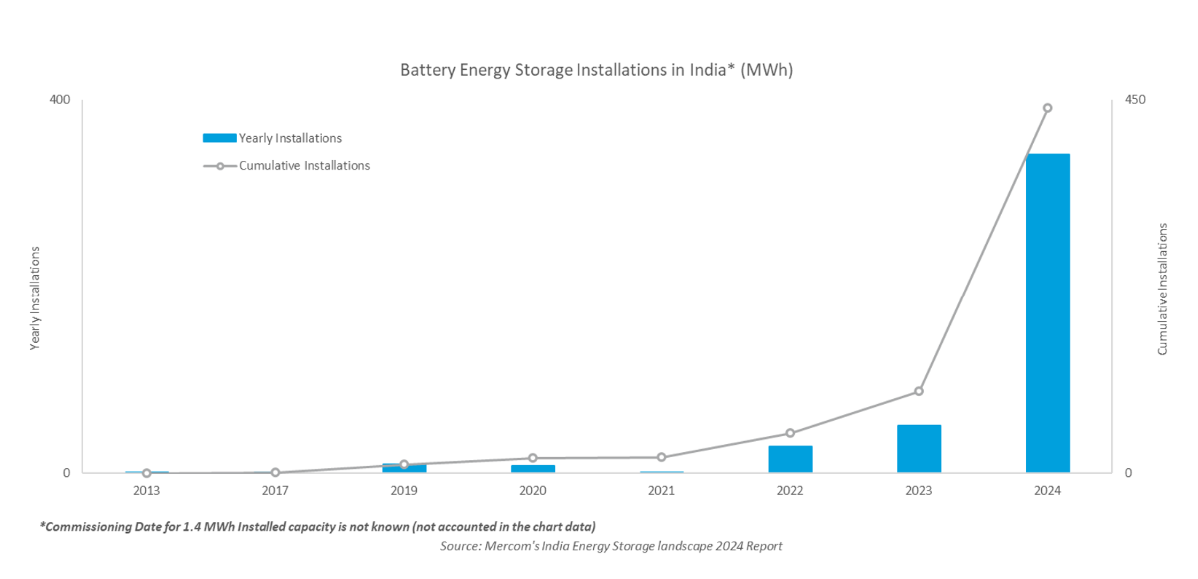
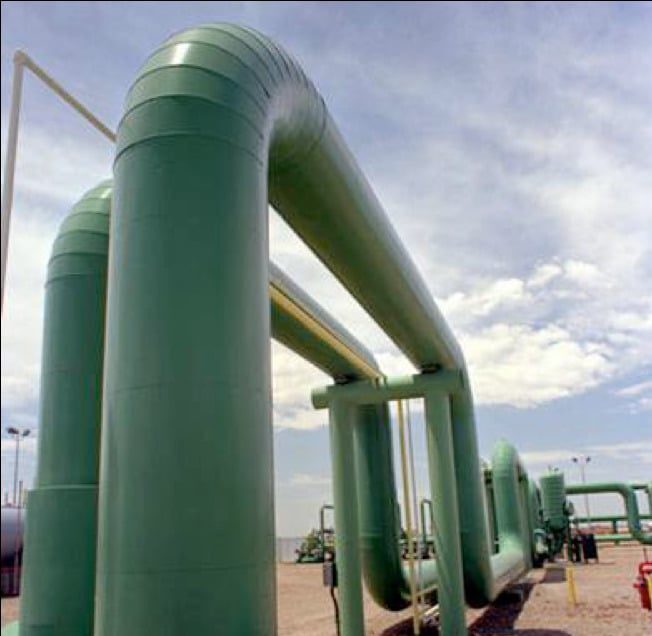


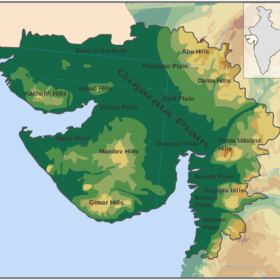
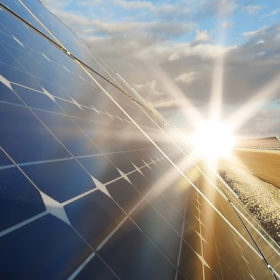
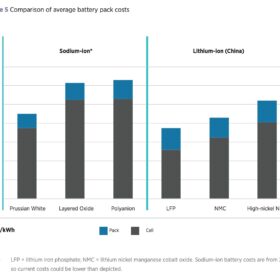

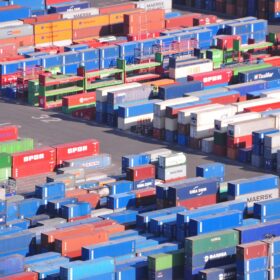
1 comment
By submitting this form you agree to pv magazine using your data for the purposes of publishing your comment.
Your personal data will only be disclosed or otherwise transmitted to third parties for the purposes of spam filtering or if this is necessary for technical maintenance of the website. Any other transfer to third parties will not take place unless this is justified on the basis of applicable data protection regulations or if pv magazine is legally obliged to do so.
You may revoke this consent at any time with effect for the future, in which case your personal data will be deleted immediately. Otherwise, your data will be deleted if pv magazine has processed your request or the purpose of data storage is fulfilled.
Further information on data privacy can be found in our Data Protection Policy.